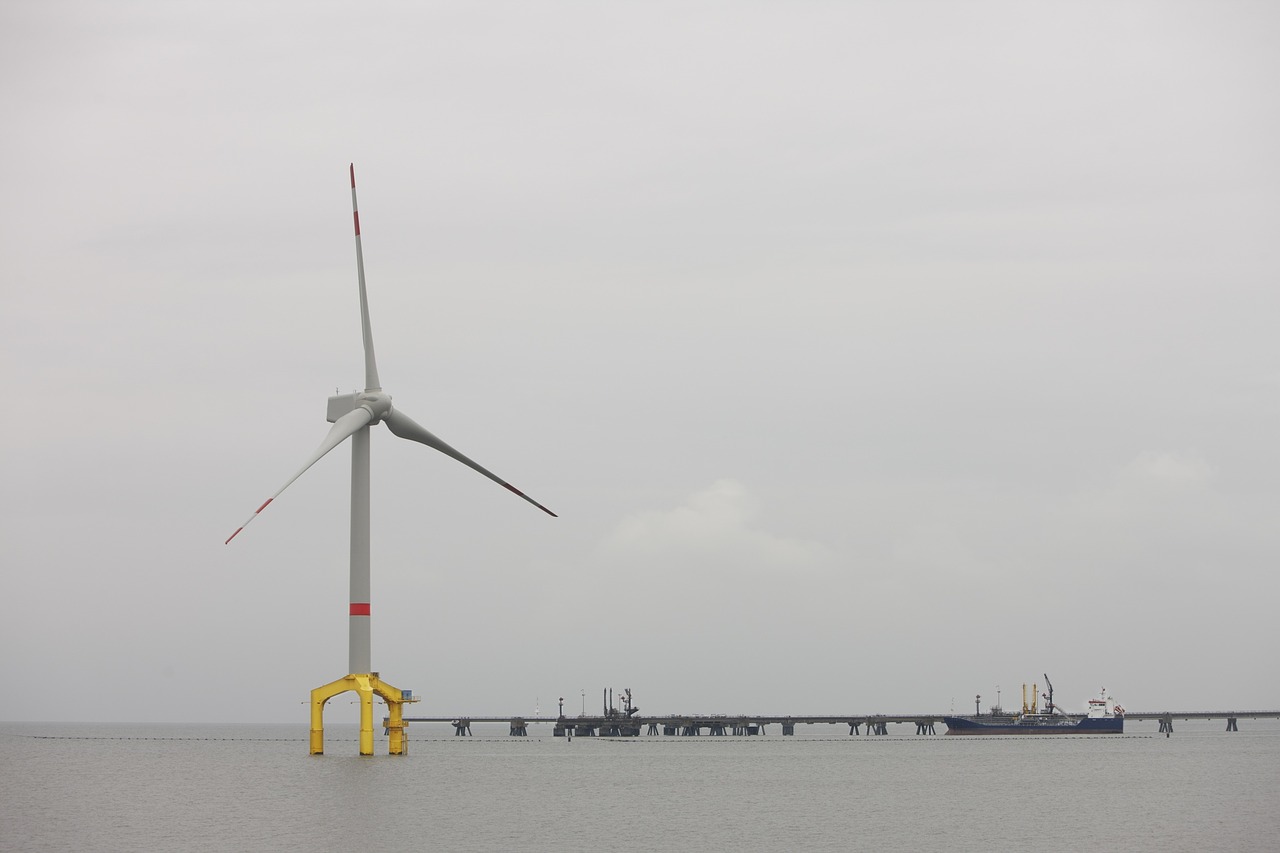For half a decade, WorkBoat has been covering offshore wind and its impact on the maritime industry.
In 2016, we discussed BOEM’s wind energy proposals and what they would look like. But the recent boom in harvesting wind energy means new innovations for offshore operations. At WorkBoat, we’ve watched offshore wind energy evolve over the years and are now looking at how industry leaders are working on creating innovations that will allow offshore wind farms to create needed energy with minimal interruptions to other maritime sectors.
Developments in Offshore Wind
With the increased interest in the construction of offshore wind farms new innovations need to be developed to support these operations. As the industry comes up with new solutions and new ways to use technology, it’s clear that they’ll affect the entire maritime industry.
Floating platforms are one of the biggest areas where the industry has had to make adjustments. While floating platforms are not a new concept, the need for them may increase with offshore wind operations. Fixed offshore platforms were once the standard for offshore oil and gas operations, but these can only be used in areas that are relatively close to shore.
Some areas for these operations are now saturated, and in time offshore wind companies could also move farther offshore to deepwater sites. As oceans get deeper the further away from the shore they get, fixed platforms become impractical. While this wind operation design has been available since 2011 with the WindFloat Atlantic operation, it is expected to become more widely used as wind energy production ramps up.
In the past, wind energy operations were not typically used in depths greater than 50 meters which meant they would usually be close to shore. Since floating turbines can be installed further from ports, it means reduced port traffic from support vessels, a reduction in port pollution from the same, and no eyesores which are all common complaints for those pushing back against wind energy.
Ports and Offshore Wind
As more offshore wind facilities are built off of coastal towns around the U.S., more ports will adapt to meet the demands created by them. From maintenance to surveillance, boring systems, and the actual creation of platforms, there will be more vessels in proximity to the wind farms. This also includes an increased rate of crewmembers and support staff that will be coming in and out of ports.
Modifications to Federal Oversight
Despite the extreme delay put on Vineyard Wind by the BOEM that had the U.S. offshore wind industry nervous about its future, 2020 proved to be a productive and positive year for the industry. And the recent bill that WorkBoat covered includes clarification to the Jones Act was just one example of how federal oversight could bring further improvements and approvals for the offshore wind industry in the coming months and years. The renewable infrastructure Green Act and the election of a new president who is focused on renewable energy may also bring positive impacts to the industry.
Since the U.S. offshore wind industry has the ability to both, directly and indirectly, impact the commercial maritime industry, it’s evident that there will be even more crossover now and in the future.
More in-depth coverage of recent developments in the offshore wind industry on Workboat.com:





